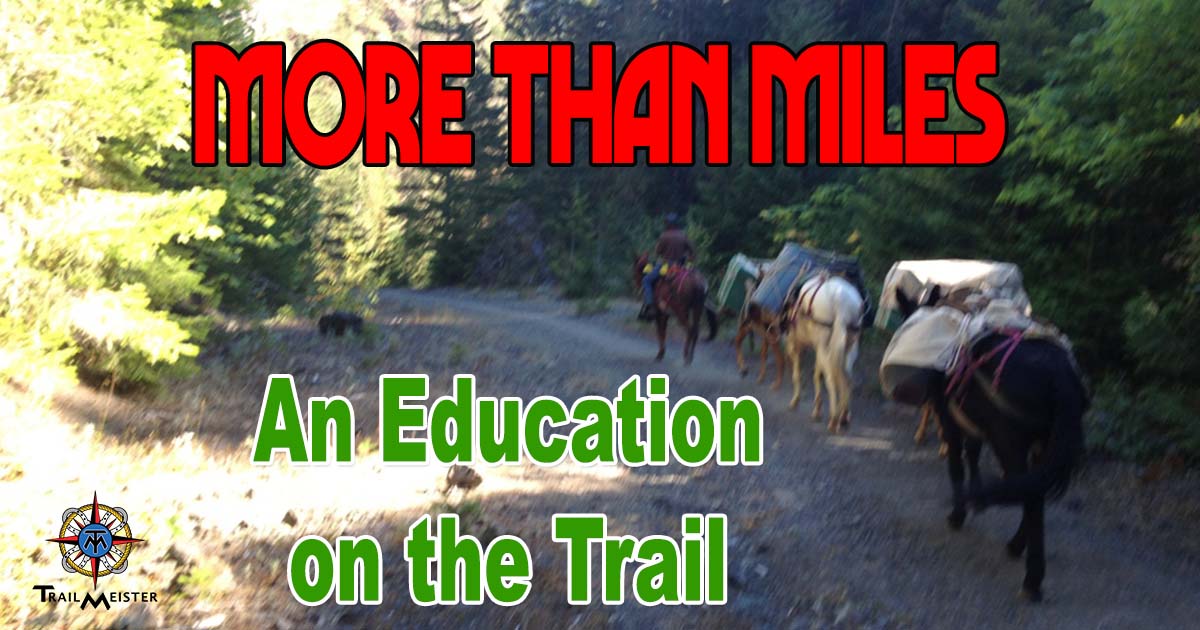Ed Haefliger called me out of the blue in 2009, shortly after I started writing a monthly column on trail riding and camping with horses. I was still finding my footing as a writer and, if I’m honest, felt a mix of excitement and imposter syndrome. I didn’t even own a mule then, but the editors must have seen potential. Ed’s call was unexpected and, if I had to guess, was equal parts curiosity and reconnaissance—to see if this new upstart had any idea what he was talking about. I must have passed muster because not long after, Ed invited me on a packing trip into the Dosewallips area of Olympic National Park to resupply a trail crew.
Ed isn’t just any packer. With the most volunteer hours in the Park, Ed approaches his packing efforts with the precision and dedication of a full-time job. He’s been hauling supplies for trail crews for decades, delivering everything from trail tools to “thunder buckets” (his affectionate term for vault toilets). He’s a master of his craft, and that first trip would be an education unlike any I’d had before.
The Day Begins
The day began at 3:30 a.m. in the damp, foggy darkness of a Puget Sound morning. I fumbled my way around the mules while Ed moved with practiced efficiency. We hit the road once the animals were loaded, driving over an hour to what could generously be called a trailhead. The trailhead lay miles beyond, but a washout made the road impassable. Instead, we pulled over at a wide spot on the gravel road, and our journey began.
When the trail crew arrived, we started loading the mules. I had thought I knew the basics of packing—how to balance a load and keep a pack string moving. But I quickly realized that I knew only surface-level theory, not the practiced precision that Ed demanded. He weighed every pannier to the ounce, adjusted the loads with the intuition of a seasoned master, and could spot an imbalance before a mule took its first step. My rough attempts at helping only proved how much I still had to learn.
Ed put me on Rosie for the trip, his steady, no-nonsense mare who could handle a greenhorn like me. My job was to ride drag at the back of the pack string, keeping an eye out for trouble and letting Ed know if anything went sideways.
The Trail
The trail was a world of contrasts—emerald mosses and ferns blanketed the forest floor, towering trees stretching toward the sky, and the persistent roar of the Dosewallips River charging alongside us. The air was thick with the scent of damp earth and decaying leaves, a rich, living thing all its own. Hoofbeats clattered against the rocky trail, blending with the river’s rush to create the kind of wild, untamed music you only find in places like this. Seeing a leprechaun dart between the trees wouldn’t surprise me. But as magical as the setting was, the work was anything but easy.
Ed has one hard-and-fast rule: fix problems the moment they show up. A loose lash rope, a shifting pack, a balky mule. Make sure that everything is taken care of then and there, even if it means stopping to unload and repack a whole animal. “It’ll be fine, we’re almost there” wasn’t in his vocabulary. He put safety first, with no exceptions. I didn’t fully appreciate it at the time, but that lesson stuck with me.
As the day stretched on, the ride settled into my bones. Hours in the saddle left me stiff and sore, and camp always seemed just over the next ridge—but never quite there. We didn’t roll in until long after dark, dog-tired but far from done. The mules came first – unloaded, checked, and settled before we thought about ourselves. When the last task was finished, we grabbed a quick bite and collapsed into our sleeping bags that were stretched out beside a downed log. Morning would come fast, and with it, another long day.
Ed’s trips are anything but luxurious. There’s no lingering over coffee, no long breaks for a leisurely lunch. Meals are whatever you can stuff into your pocket and eat on the move. Days start in the dark and end the same way, with every muscle in your body reminding you of the miles covered. But the trail crews get their supplies, the work gets done safely, and Ed’s unwavering standards ensure it’s done right.
The Lesson
That trip into the Dosewallips was more than just an introduction to packing—it was a lesson in diligence, precision, and respect for the craft. Watching Ed’s work showed me what real commitment to a task looks like. He wasn’t just a packer. He’s a steward of the wilderness, ensuring the trails stayed open for those who would come after him.
As I rode out of the valley—tired, sore, and grateful—I thought back to that first phone call. What started as a conversation with a stranger had turned into an experience that fundamentally shaped my understanding of packing and responsibility. Ed had taken me under his wing, teaching me how to pack mules and think like an actual hand.
Years later, I still hear Ed’s voice in my head when I pack the mules. I catch myself weighing loads more carefully, double-checking balance points, and fixing minor problems before they turn into big ones. That first trip set the tone for every lesson that followed – lessons I carry with me today.
For more of my thoughts on trail riding and camping with livestock, visit www.TrailMeister.com. Or pick up a copy of my best-selling book The ABCs of Trail Riding and Horse Camping.


